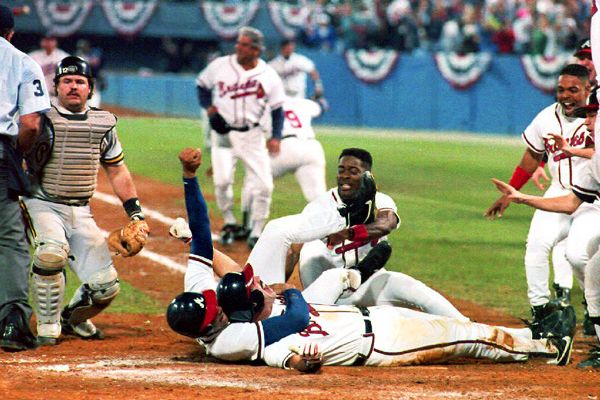More Thoughts on Art
 In Thoughts on Art, on Red Lion Reports Kelly Bozanic asked: What is art? Kelly offered an answer to her own question partly in response to a story in the Yale Daily News. The story reported that a Yale art student inseminated herself "as often as possible" and used an abortifacient drug to abort multiple pregancies. The story provoked 320 on-line comments.
In Thoughts on Art, on Red Lion Reports Kelly Bozanic asked: What is art? Kelly offered an answer to her own question partly in response to a story in the Yale Daily News. The story reported that a Yale art student inseminated herself "as often as possible" and used an abortifacient drug to abort multiple pregancies. The story provoked 320 on-line comments.Dean of Yale College, Peter Salovey, issued a press release last week in which he noted that the student's project "bears no relation to what I consider appropriate for an undergraduate senior project.” The Dean of the Art School, Robert Storr, agreed: “This is not an acceptable project in a community where the consequences go beyond the individual who initiates the project and may even endanger that individual.” Two faculty members made "serious errors in judgment" and are subject to "appropriate action."
Inside Higher Ed interviewed art academics for a story running today about academic freedom in art. Nicola Courtwright, professor of art history at Amherst and president of the College Art Association notes that nixing a student's art project because of content would be "giving up your ethical responsibility to teach." John Carson, head of the School of Art at Carnegie Mellon, explained that art educators' responsibility is to encourage students to take risks. The limit isn't the subject matter: no subject should be taboo for art. Rather, the boundary of legitimate "art" depends on the artist's purpose. "I need justification from the artist," he said. “There are no hard and fast rules. You are looking at each case on an individual basis. You are looking at the sincerity of that artist.”
Apparently, if the artist's justification satisfies his or her professor, then the work is art, shielded from censorship as an act of legally-protected academic and expressive freedom. If the artist's justification fails, then no freedom. What kind of standard is that? How do art academics evaluate the artists' justification? How is this evaluation distinguishable from evaluating the social value of the content of the expression?
Randy Martin, chair of art and public policy and director of the graduate program at NYU's Tisch School of the Arts adds this: “The question of reining [student artistic expression] in…cuts more deeply in an arts environment than it may in other situations because of how potent the cultural norms of freedom are, as they’re applied to artists.” Martin is right in one sense. We think of art as the ultimate venue for free expression. But for student art projects, the stakes are relatively low compared to the political and economic contexts in which we lawyers struggle to balance collectively held values against individual freedom. What should be the limit of individual freedom? So far, art academics have dropped back to punt.













4 Comments:
Hey Reilly!
I am aware of one law prof who has wrestled with these issues - Christine Haight Farley of American. Her article, "Judging Art," can be downloaded here:
http://papers.ssrn.com/sol3/papers.cfm?abstract_id=923416
Actually, I find myself wrestling with these issues when grading exams. I mean like what is an "answer,"
This comment has been removed by the author.
This comment has been removed by the author.
Post a Comment
<< Home